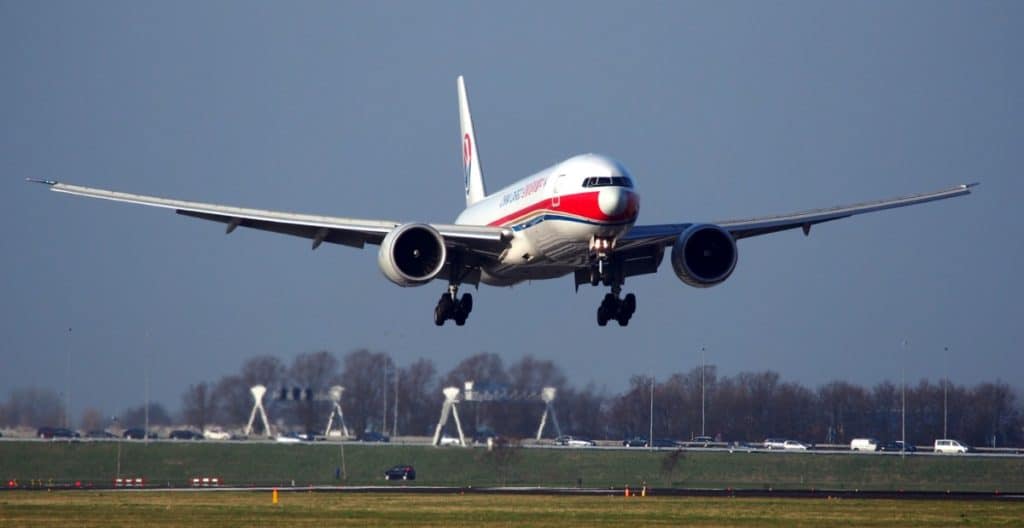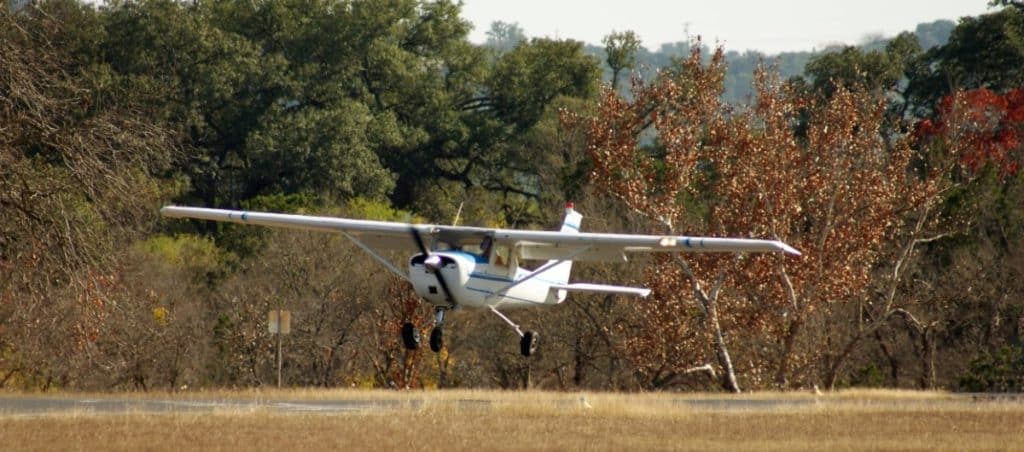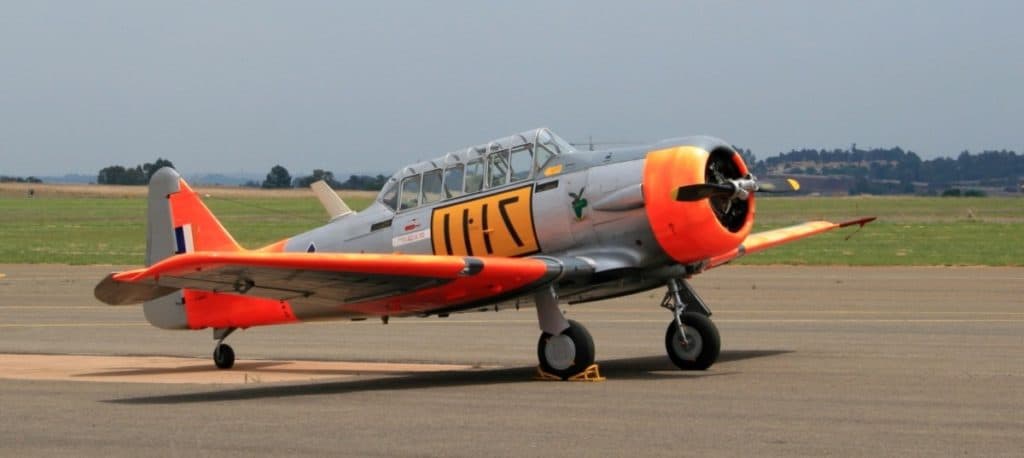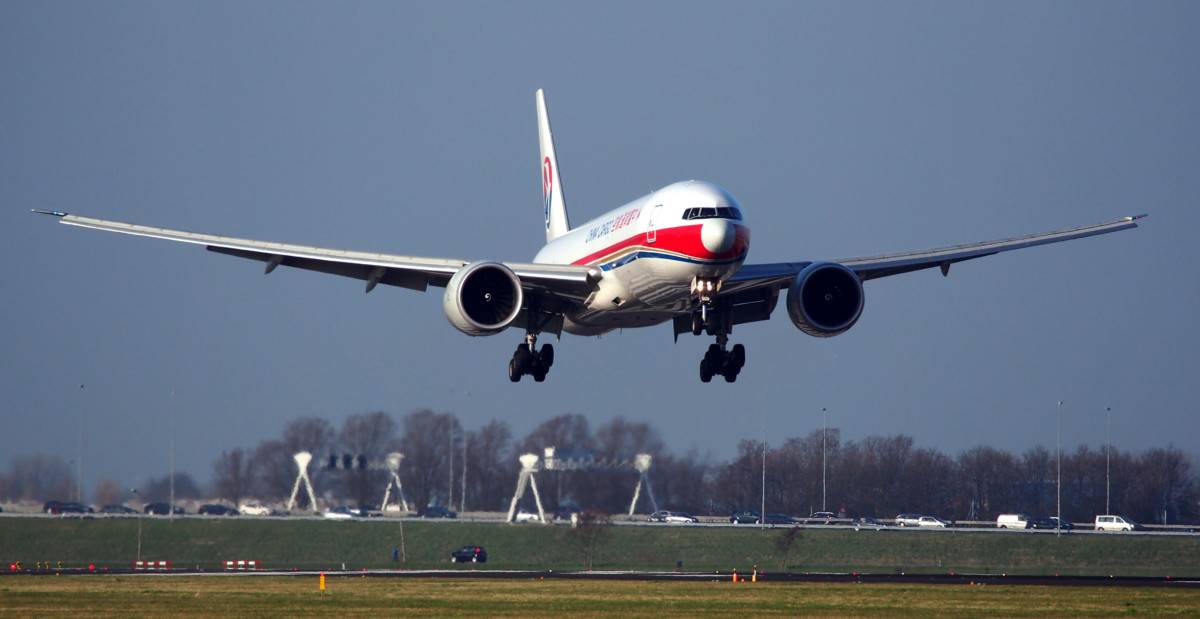
If you have a keen eye you may have noticed planes coming into land on a runway but then take off again moments later! Small planes, larger airliners, and military aircraft all seem to do this from time to time so what is the point of it? This maneuver is called a ‘Touch and Go’ and it has many uses in aviation.
Airplane touch and go’s are primarily used for increasing the number of practice flights a pilot can accomplish in a given amount of time. Without a touch & go, a pilot would have to land, taxi back to the start of the runway, and take off again. This wastes valuable training time.
This reason is just a small number of what these non-stop landing and takeoffs are done for. If you wish to know more about why this maneuver is so commonly used, keep reading!
Are Touch & Go’s Used For Pilot Training?
By far the most common reason why you will see an airplane doing a touch-and-go maneuver is for pilot training.
When an aircraft lands it must slow to a speed to allow it to safely taxi off the runway and head to its parking area. This slowing down increases the time it takes to land and vacate the runway and it also increases the distance needed behind the aircraft for a following aircraft to safely land.
Instead of landing, taxiing clear of the runway, taxiing back to the start of the runway, and then taking off again, pilots will land the airplane, quickly reconfigure it for takeoff while rolling, then take off again in one fluid movement.

For Example:
Stop & Go:
Standing start to take off, 1 circuit around the airport and a landing to a full stop, taxi off runway, taxi back to the start of the runway and be ready for takeoff again = 12 minutes per circuit
5 circuits can be accomplished during 1 hour of flight training.
Touch & Go:
Standing start to take off, 1 circuit around the airport and a touch and go = 6 minutes per circuit
10 circuits can be accomplished during 1 hour of flight training.
By doing this, it allows for many more flight maneuvers to be accomplished during a given time period and because the aircraft keeps moving, air traffic control can bunch together more aircraft on approach because they know the aircraft currently on the runway will soon be clear once it lifts off again.
By increasing the number of flight maneuvers that can be accomplished it makes it really nice for instructors to allow their students to practice various profiles of the same maneuver in a short space of time which leads to faster proficiency progression.
For Instance:
- Practicing how to configure the aircraft for different approach profiles
- Practicing steeper, shallower, slipped, engine failure profiles
- Practice aiming for different touchdown points on the runways
- Practice muscle memory for initiating Go-Arounds
- Getting new pilots to an aircraft familiar with its ‘Feel’ and flight characteristics
Another part of Touch and Go’s is that they are frequently used to train pilots in a maneuver called a ‘Go-Around’. The go-around is essentially an aborted landing and can be initiated at any time during the approach and landing by either the pilot or at the request of air traffic control.
The Go-Around, also known as a missed approach procedure requires the aircraft to be quickly configured from a landing configuration to a takeoff configuration with minimal effort and distraction by the pilot. This is where practicing it as a touch-and-go can be a simple start for a new pilot.
Go-Arounds can be initiated for a few reasons:
- An aircraft or vehicle accidentally enters a runway when an airplane is about to land
- Crosswinds or wind shear can cause a pilot to initiate a go-around
- Air traffic control can order an aircraft to go around because of operational or safety needs at their discretion
- Pilot overshoots the landing spot and not enough runway left to land
- Animals and wildlife could be on the runway and seen at the last minute by a landing pilot
On the wall of a local fixed-wing air ambulance hanger near me is a taxidermied head of a beautiful 10-point Whitetail Buck that was hit by one of their pilots during a night landing at the airport. The buck just darted across the runway and was struck on the hind by the landing gear. The pilots had no time to initiate a go around!
No matter how experienced a pilot is, practicing touch-and-go’s allows each pilot to keep their skills refined by utilizing this time-saving maneuver no matter which aircraft they fly.
Many airline pilots also fly small aircraft in their free time and just heading over to the flying club to practice some real ‘Hands-On’ flying is just pure fun, and the practice is never wasted!

Join My Newsletter & Get Great Tips, Information and Experiences To Help You Become a Superb Pilot!
Are Touch & Go’s Used For Airplane Maintenance?
When an airplane has come out of maintenance there may be a test flight required before it can be ‘Returned To Service’. Depending on the items that were maintained, adjusted, or removed during maintenance there may be a requirement to test them.
There can be a many number of things that a series of touch-and-go’s will provide the most testing for the given flight time:
- Landing gear cycling & loading
- Brake tests
- Flaps, spoilers, and airbrakes tests
- Instrumentation tests and calibration
The quickest way for the pilots and aircraft engineers to get multiple tests done, especially for things that require a landing is to use the touch-and-go.
Are Touch & Go’s Used For Pilot Recurrency?
To be able to fly passengers in an aircraft both day and night the PIC – Pilot In Command has to be current in their flying skills to ensure safety. This is a regulation that is non-negotiable, however, if no passengers are to be carried the regulation does not apply.
The FAA dictates in 14 CFR 61.57 Recent Flight Experience: Pilot in Command that:
Within the preceding 90 days to when the passenger/s are supposed to be flown the PIC must have completed 3 takeoffs and landings within the same category and class of aircraft to be flown with passengers.
The same also needs to be completed if flying at night, except the 3 takeoffs and landings must be done at night too.
This re-currency training or flight can be easily done within an hour because of using a series of touch-and-go’s. The only time the PIC must come to a full stop on the runway after each landing is when flying in a tail-wheeled aircraft.

To Finish
When airplanes are observed landing and taking off again it is just the pilot utilizing the time available to get as much flight training, testing, or experience out of the aircraft in the allotted flight time.
This efficient use of both the aircraft and the runway allows for more aircraft to be using the airports’ traffic pattern thus improving the flying time benefits for all those flying in and out of the airport.
If you begin flight training you will soon become familiar with touch and go’s and you will soon appreciate their efficiency, especially when you are paying the rental bill!
Further Reading
If you would like more information on articles related to flight training, please take a read of the ones listed here:


